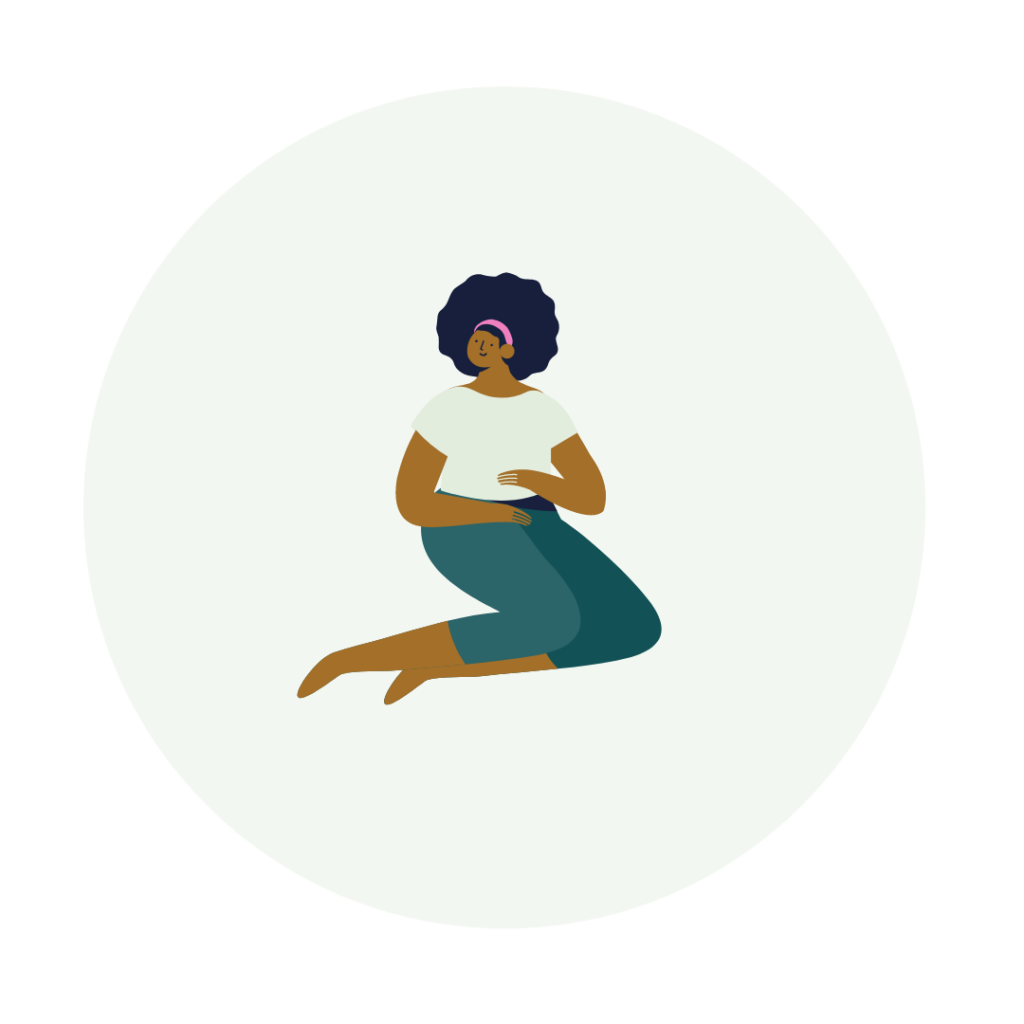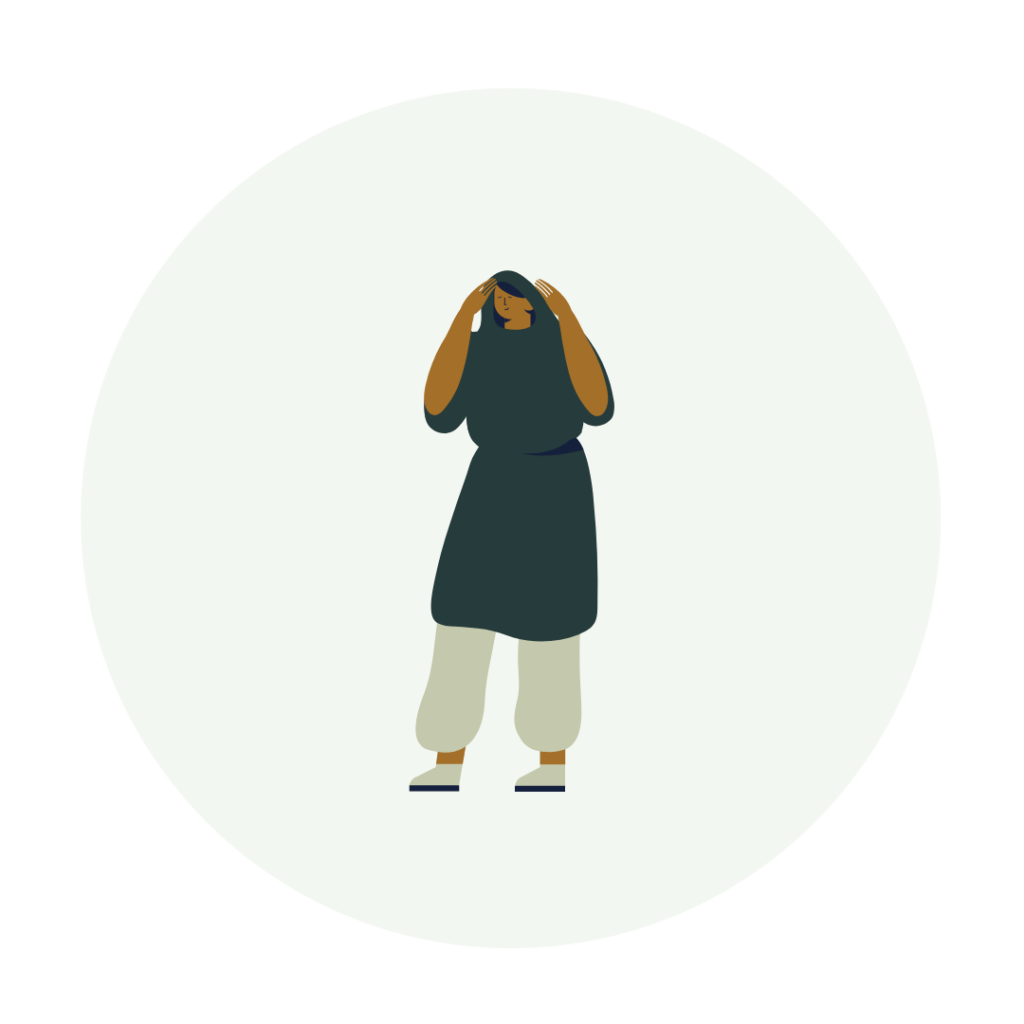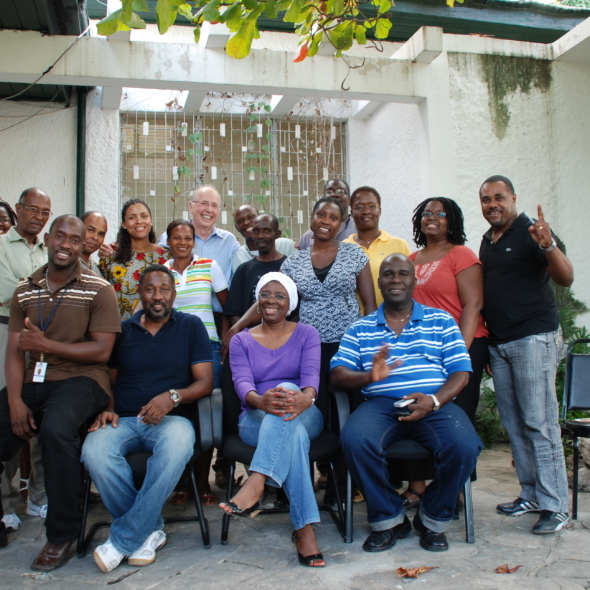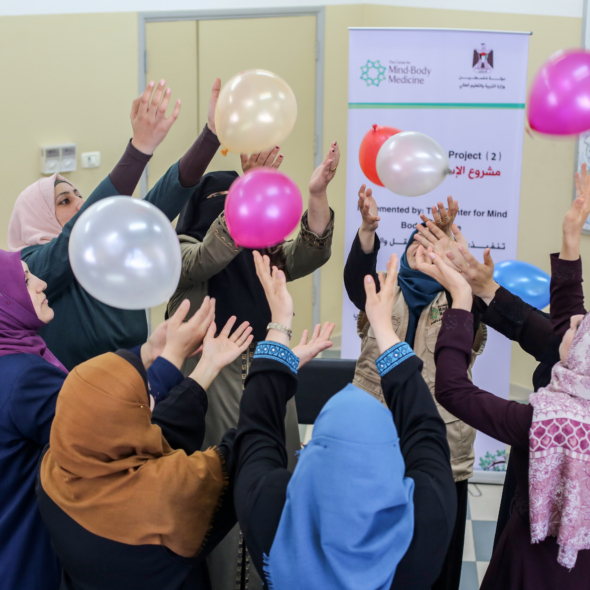Three essential mind-body techniques for integrative health practitioners

- What is integrative health? (Helpful article for definition–people mix up integrative and integrated)
Integrative healthcare (IH) combines conventional medical practices like medication, physical rehabilitation, or psychotherapy, with complementary approaches such as meditation, yoga, or probiotics..
Practitioners of IH work together in multidisciplinary teams to care for the whole person, rather than managing a particular organ or a single symptom. IH also encourages self-care, focusing on proactive behaviors.
- Examples of when integrative health practitioners might use or share techniques.
Health practitioners can successfully employ IH for just about anyone, but it’s especially effective for complex and chronic healthcare situations. An antihistamine might provide relief from a runny nose, and stitches might help to heal a wound, but the effects of chronic conditions or of intense environmental traumas like war, poverty, and climate-related disasters require broader strategies.
IH approaches have been shown to be beneficial for many chronic conditions, like long-COVID, fibromyalgia, chronic fatigue syndrome, and post-Lyme disease. Practitioners have found integrative techniques useful for treating migraines, for alleviating effects of menopause, and for managing chronic pain syndromes. For patients with stress, anxiety, or disregulation caused by trauma, integrative health techniques can provide relief in ways that complement or even exceed conventional medications.
- How-to:
The Center for Mind-Body Medicine (CMBM) provides training in holistic practices that effectively augment IH approaches. CMBM courses provide ongoing support and useful tools for mitigating diverse mental and physical health challenges.
One aspect of CMBM’s program involves basic techniques for self-care. We believe that all people deserve access to these evidence-based tools, so we provide three basic but powerful self-care techniques that you can use on your own or teach to others as part of an IH plan.

- Soft-Belly Breathing to soothe the nervous system
Soft Belly, a “concentrative meditation,” quiets the stress response, making it easier for us to accept and put our emotions in perspective. Practice this technique for a few minutes, two or three times a day.
Breathe slowly and deeply, in through your nose, and out through your mouth, with your belly soft and relaxed. Say to yourself, “soft,” as you breathe in, and “belly” as you breathe out. In order to do this most effectively, most of us need to close ours eyes. So sit comfortably and relax, allow your eyes to close, and continue to breathe slowly and deeply. If thoughts come to you or if you hear noises, acknowledge them, let them come, and then let them go. Gently bring your mind back to “soft” and “belly” as you slowly breathe in and out.
Notice that you become calmer, a little more present, a little more centered in your body. Maybe your shoulders are more relaxed, your thoughts not racing quite as much.

- Shaking and Dancing to “shake off” the freeze response or stress
Shaking and Dancing, an “expressive meditation,” uses intense, disruptive effort and free movement to help us shed stress and tension and bring up and release emotion.
Find music with a fast tempo. Stand up if you can; you may also stay seated. Plant your feet solidly on the ground, with your knees a little bent, and your arms hanging loosely by your side. Begin by shaking your legs, with feet still firmly on the ground, Shake and bounce up from your knees, through your chest, to your shoulders and your head. Relax your jaw, let your head rest calmly on your neck, and bounce your whole body up and down. Allow your whole body to become loose.
Shake and bounce for about five to ten minutes, then pause. Allow yourself to be aware of your body and your breath, center yourself in calm for a couple of minutes. Feel the energy throughout your body.
Next, put on some feel good music, whatever makes you happy and energized, and dance! Move in whatever way feels right, freeing your movement. Continue for another five to ten minutes.
Shaking and Dancing uses activity to bring us to a place of relaxation, balance, and acceptance that is similar to the one we find when we do Soft Belly. It can cause a little self-consciousness at first, but often leads to merriment and a state of physiological balance.

Guided imagery is a powerful technique that uses the imagination to create a relaxed state that can help with healing, learning, and performance. The parts of our brain involved in imagination are intimately connected to the sensory areas of our body. When we create images, we can regulate how we feel emotionally, and we can affect a variety of physiological functions in the body. This mind-body technique is effective at reducing stress, relieving trauma and increasing creativity.
These self-care and guided tools are important, evidence-based resources for trauma management and integrative health. Also important to CMBM’S training is an emphasis on shared learning and mutual support. This communal aspect is as integral to individual and program success as the actual skills they employ.
By turning towards integrative health and CMBM’s techniques, we can strengthen resilience and relieve symptoms of the most challenging healthcare situations, and CMBM-trained practitioners have successfully tended to population-wide trauma around the world.
Join us for expert-facilitated small group settings, and learn how mind-body techniques and group programs can benefit you and your organization.


